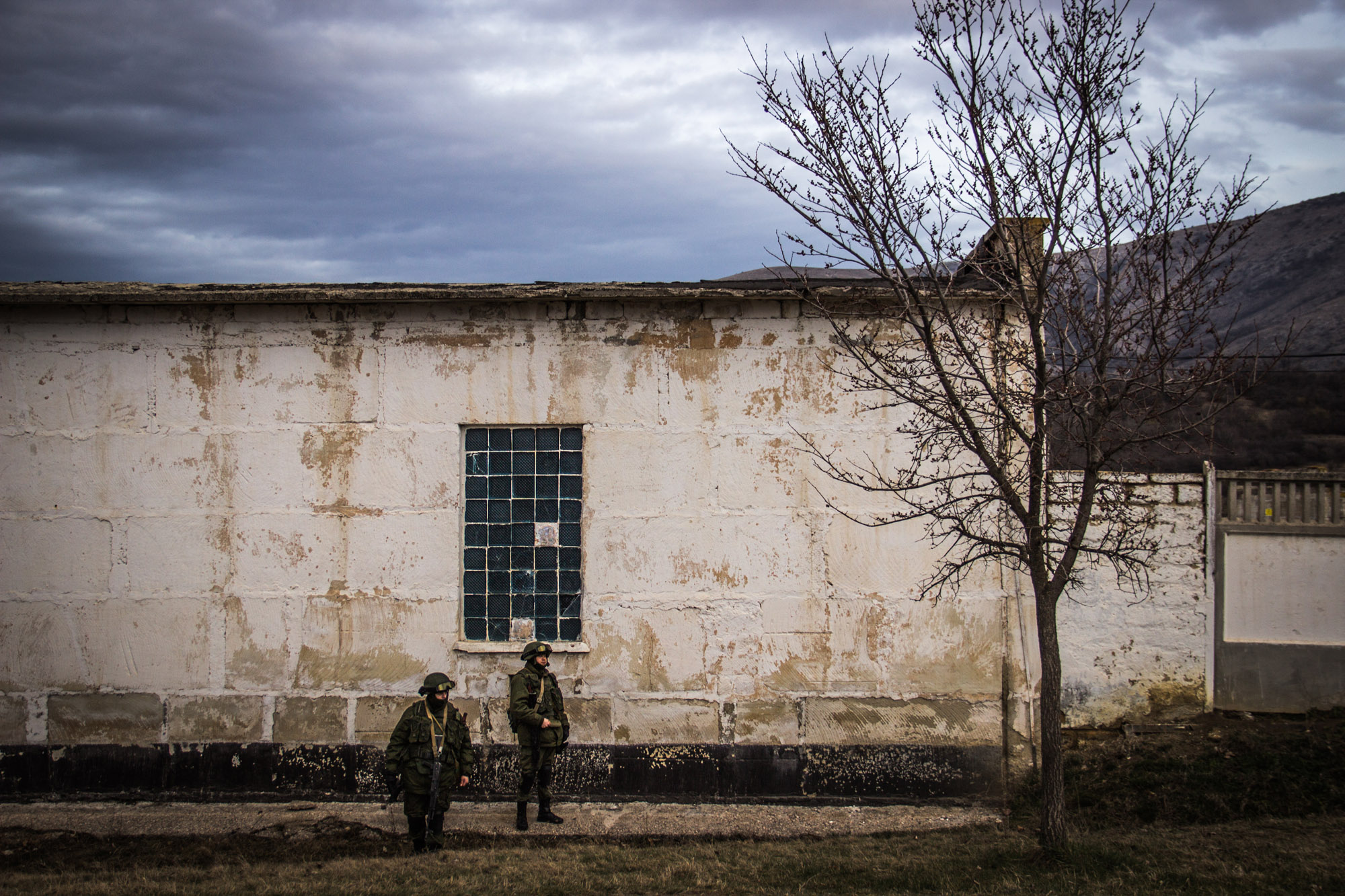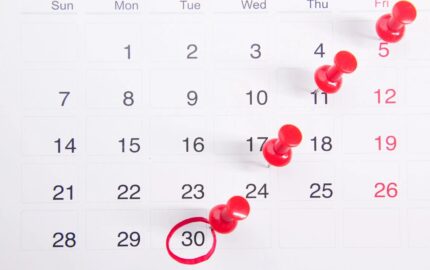Editor’s note: The Big Roundtable, a New York-based digital publisher of nonfiction, just launched the Open Rehearsal Project, which allows readers to “watch a story come to life.” The inaugural piece is “The Empire Strikes Back,” by Noah Sneider, who has been covering political events in Ukraine and Crimea for the New York Times and Slate. Observable writer-editor exchanges have started, and audio among collaborators joins the mix on Friday, via Medium. We asked Big Roundtable publisher Anna Hiatt to tell us a bit more about the project.
The Big Roundtable’s Open Rehearsal Project aims to be what dress rehearsals are for music: a chance for the audience to observe as the artist practices the craft of writing and aims for perfect. The hope is that, for a certain kind of dedicated reader, witnessing the process and its attendant caretakers will make the final piece more magical to behold.
At The Big Roundtable, those caretakers are Mike Hoyt, Cissi Falligant, and Michael Shapiro. All of them, but especially Shapiro, an author and a professor at Columbia’s Graduate School of Journalism, help writers see the arc of their stories and find a single framing question that acts as a guiding light when the reporting and writing get tough. Falligant, a former Chicago Tribune editor (she edited Shapiro when he was a cub), has a flair for making writers feel welcome and able. Hoyt, who spent 27 years at Columbia Journalism Review (10 as its editor), and whom we at The Big Roundtable like to call “The Closer,” is the Mariano Rivera of editing.
In February, Shapiro reached out to Sneider, whom he’d known for years, and asked what he was seeing on the ground in Ukraine. An email correspondence, which we’ve posted in the Open Rehearsal Project, ensued. Laden with notebooks and overwhelmed with questions, Sneider was trying to make sense of the bigger picture. Shapiro’s advice was simple: Keep a second notebook, in addition to your notepad for daily dispatches, and write me emails about what you’re seeing. The frame, Shapiro advised, would make itself clear as they wrote to each other.
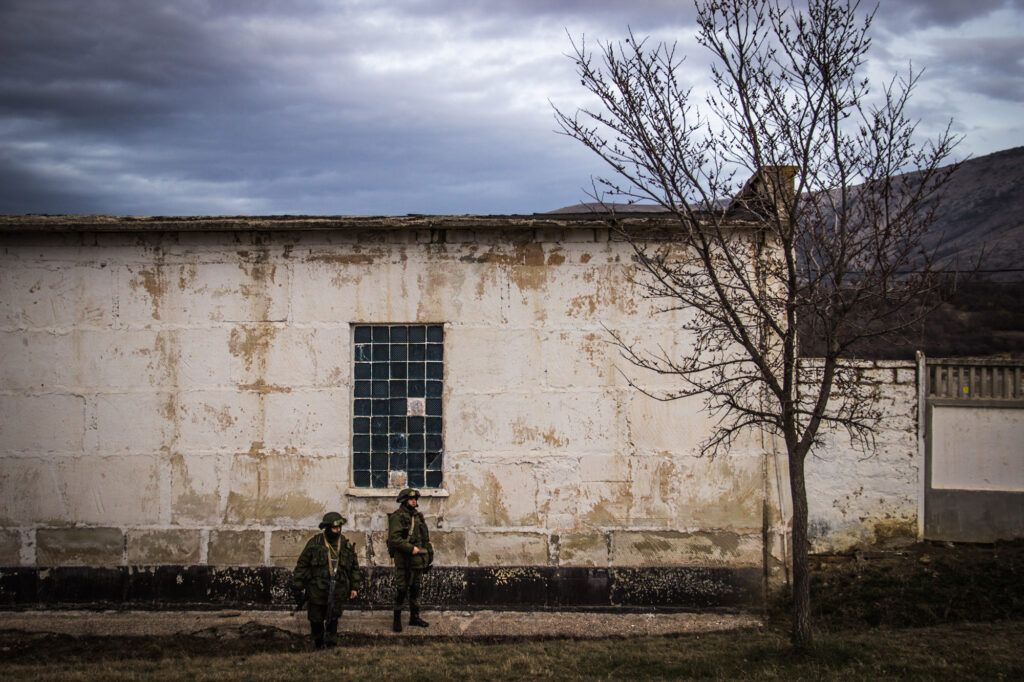
The goal for Noah, as it is for all our writers, was to free himself from the fear that everyone feels when he sits down to write. Near the beginning of the correspondence, Shapiro turned the conversation toward developing a question, which, he professes, illuminates the reporter’s path forward:
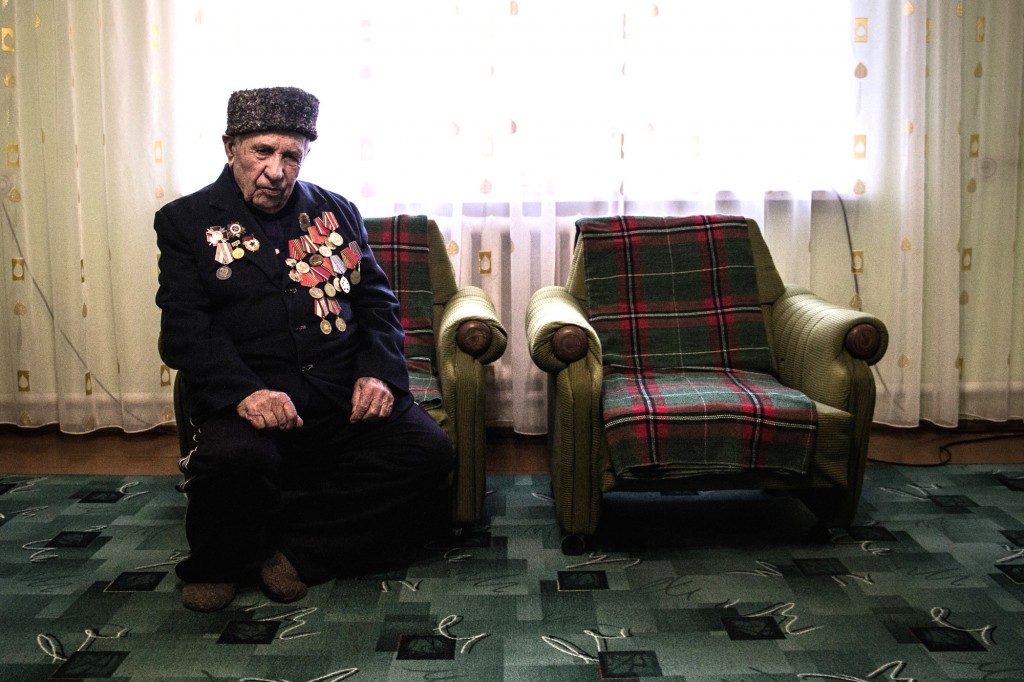
Noah began to search for that “clear and simple” frame in the chaos of what he was witnessing. His longform piece isn’t yet done, but we’re starting to publish chunks of it in formation, and, hopefully, to build an engaged audience along the way. At the end of four weeks, during which The Big Roundtable will host three webinars and publish dispatches, email exchanges, and notes from the field, the final piece will be completed and posted on Medium. (The platform has bought exclusive rights to the first month, after which The Big Roundtable will republish the piece.)
We strongly believe that neither youth nor inexperience disqualifies a writer from writing a substantial in-depth piece. Our writers, so far, include both new and seasoned ones. Our goals for the Open Rehearsal Project are simple: see if we can build an engaged audience around a story’s development, and provide a model that other writers might find useful. By no means do we intend to suggest that the Open Rehearsal Project is a template for future storytelling. This is not for every Roundtable story either. But Noah’s story—steeped in complicated history, tense geopolitical dynamics, and on-the-ground chaos—could benefit, we believed, from a more substantial introduction. This is a study in craft. We hope to show—transparently and one step at a time—how a complicated story is built.
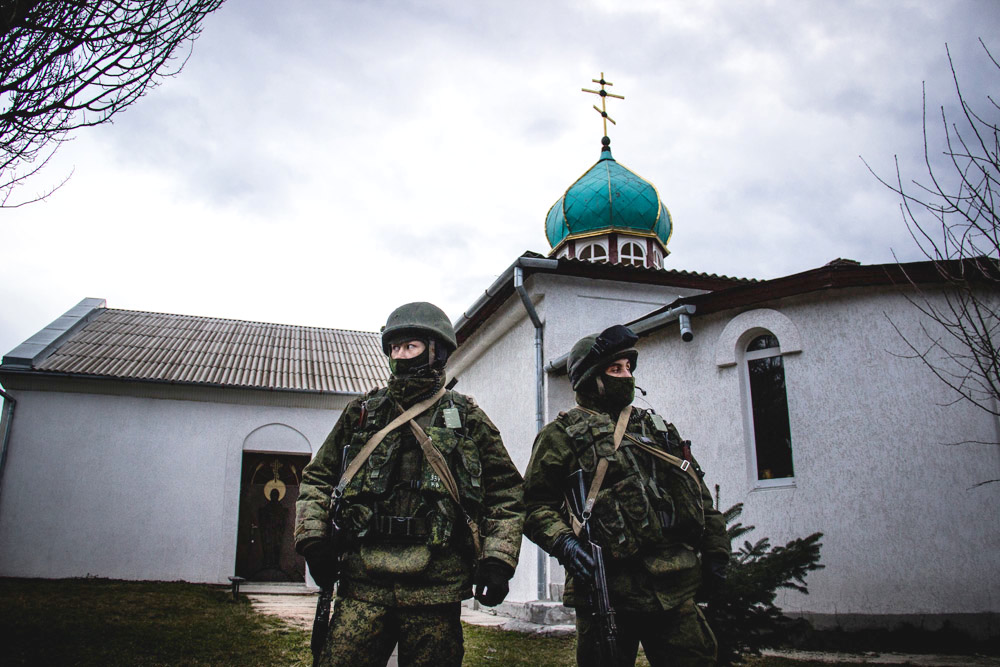
The future of the craft is, as I see it, is not radically different from its past. The production tools may change—a pencil gives way to a typewriter gives way to a computer—but the purpose itself, the reason for telling an in-depth story, remains the same: to transport readers, to explain to them a world they might not already know, or not know well enough.
Anna Hiatt is a freelance journalist and the publisher of The Big Roundtable. Noah Sneider is a freelance journalist, artist and photographer based in Moscow. He shot all of the photos in this post.
The Big Roundtable’s Open Rehearsal Project aims to be what dress rehearsals are for music: a chance for the audience to observe as the artist practices the craft of writing and aims for perfect. The hope is that, for a certain kind of dedicated reader, witnessing the process and its attendant caretakers will make the final piece more magical to behold.
At The Big Roundtable, those caretakers are Mike Hoyt, Cissi Falligant, and Michael Shapiro. All of them, but especially Shapiro, an author and a professor at Columbia’s Graduate School of Journalism, help writers see the arc of their stories and find a single framing question that acts as a guiding light when the reporting and writing get tough. Falligant, a former Chicago Tribune editor (she edited Shapiro when he was a cub), has a flair for making writers feel welcome and able. Hoyt, who spent 27 years at Columbia Journalism Review (10 as its editor), and whom we at The Big Roundtable like to call “The Closer,” is the Mariano Rivera of editing.
In February, Shapiro reached out to Sneider, whom he’d known for years, and asked what he was seeing on the ground in Ukraine. An email correspondence, which we’ve posted in the Open Rehearsal Project, ensued. Laden with notebooks and overwhelmed with questions, Sneider was trying to make sense of the bigger picture. Shapiro’s advice was simple: Keep a second notebook, in addition to your notepad for daily dispatches, and write me emails about what you’re seeing. The frame, Shapiro advised, would make itself clear as they wrote to each other.

The goal for Noah, as it is for all our writers, was to free himself from the fear that everyone feels when he sits down to write. Near the beginning of the correspondence, Shapiro turned the conversation toward developing a question, which, he professes, illuminates the reporter’s path forward:
your memo is very smart and i am really delighted you want to work w/ us… the one thought that becomes ever clearer in reading the memo is that the story contains, and should therefore reflect a host of moving parts: what is taking place on the ground (in various places), what is taking place in the kremlin, and the long and multi-faceted shadows and historical precedents, grievances, struggles.
in other words, this is a mess. which makes it a) so much of a better story and b) why a clear and simple frame is essential. otherwise, readers will not see what is compelling here, and why they need to go along for the ride.

Noah began to search for that “clear and simple” frame in the chaos of what he was witnessing. His longform piece isn’t yet done, but we’re starting to publish chunks of it in formation, and, hopefully, to build an engaged audience along the way. At the end of four weeks, during which The Big Roundtable will host three webinars and publish dispatches, email exchanges, and notes from the field, the final piece will be completed and posted on Medium. (The platform has bought exclusive rights to the first month, after which The Big Roundtable will republish the piece.)
We strongly believe that neither youth nor inexperience disqualifies a writer from writing a substantial in-depth piece. Our writers, so far, include both new and seasoned ones. Our goals for the Open Rehearsal Project are simple: see if we can build an engaged audience around a story’s development, and provide a model that other writers might find useful. By no means do we intend to suggest that the Open Rehearsal Project is a template for future storytelling. This is not for every Roundtable story either. But Noah’s story—steeped in complicated history, tense geopolitical dynamics, and on-the-ground chaos—could benefit, we believed, from a more substantial introduction. This is a study in craft. We hope to show—transparently and one step at a time—how a complicated story is built.

The future of the craft is, as I see it, is not radically different from its past. The production tools may change—a pencil gives way to a typewriter gives way to a computer—but the purpose itself, the reason for telling an in-depth story, remains the same: to transport readers, to explain to them a world they might not already know, or not know well enough.
Anna Hiatt is a freelance journalist and the publisher of The Big Roundtable. Noah Sneider is a freelance journalist, artist and photographer based in Moscow. He shot all of the photos in this post.
